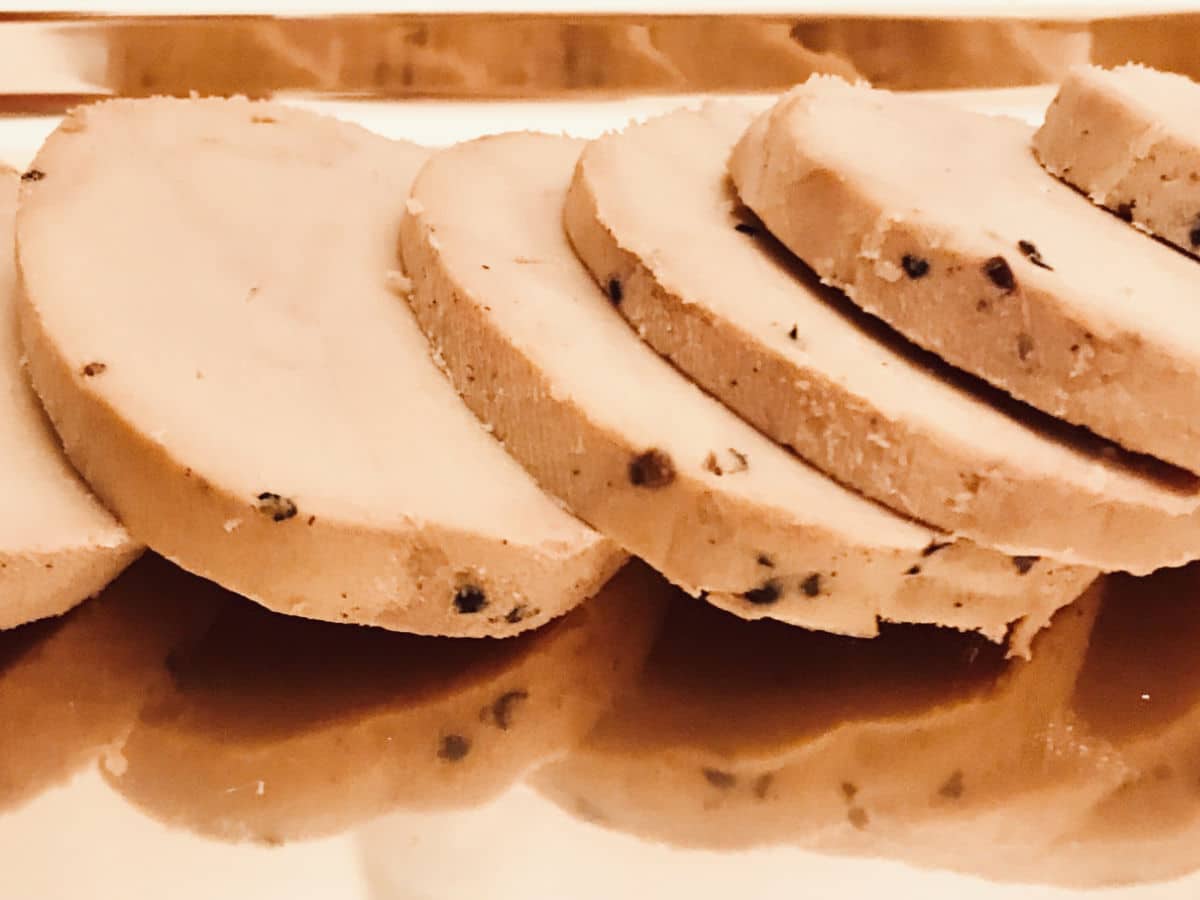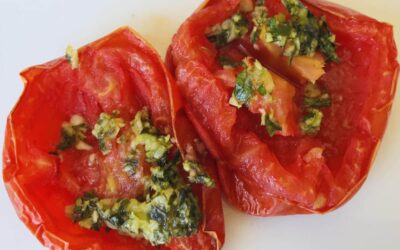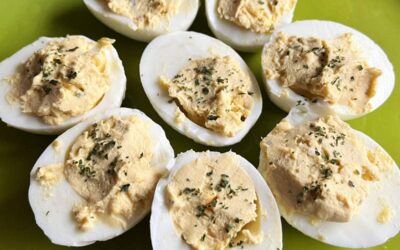It is no secret that eating foie gras is a divisive topic, and many people have strong opinions on it. But in France, it remains a gastronomical delicacy that is much loved.
Over 18,000 tons of foie gras are eaten in France every year. It is by far more popular than other classic French dishes that foreigners raise an eyebrow at, like escargot and cuisses de grenouilles.
In France, foie gras is often served for Christmas or other special occasions like an apéro with friend, or even at home with a baguette, just because no one feels like cooking.
While the name foie gras may be French (meaning “fat liver”), the techniques of raising geese and ducks in this manner date back to 2500 BC and the Egyptians. It spread across the Mediterranean sea to the Romans, who would then carry the delicacy across much of Europe.
It is a protected product in France, where lab-grown foie gras is not allowed to use the same label (sometimes called “faux gras” where faux means “false”). There are however many ethical producers whose foie gras is widely sold and even used by quite a few Michelin-starred chefs.
So with that, let’s get to how foie gras is served and eaten in France, shall we? Allons-y!
How foie gras is served
In France, there are many types of foie gras that you can find. The names are actually legally defined, and go from most expensive to cheaper as follows:
- Foie gras entier – means “whole foie gras” which is made of one or two whole livers
- Foie gras – made of pieces of livers reassembled together
- Bloc de foie gras – a fully cooked, assembled and moulded block made of 98% or more of foie gras
- Foie gras avec morceaux – foie gras made “with pieces” where it contains at least 50% foie gras pieces of goose, and 30% of duck.
The foie gras you will find will either be cuit (“cooked”), mi-cuit (“semi-cooked”), or frais (“fresh”).
While duck foie gras is popular across much of the country, foie gras d’oie (goose) from the Périgord in Nouvelle Aquitaine is gaining in popularity. Foie gras d’oie is more delicate and subtle than foie gras de canard, and is actually even more expensive.
Foie gras should not be confused with pâté, even though both are eaten similarly, paired with bread. The classic French pâté may sometimes be made with foie gras, but it includes all other ground meats and insides as well. Pâté de foie gras can be a cheaper way to indulge in this delicacy, if foie gras is out of your budget.
Is it safe to eat?
Yes, foie gras has been eaten in France for centuries, and it is a very popular dish in the country.
You should probably not eat it if you are pregnant however, as there is a risk of listeria and food poisoning since it is very lightly cooked.
Ordering at a restaurant
If you would like to try foie gras at a French restaurant, you will find it usually offered as an appetizer or starter accompanied with a small piece of toast or gingerbread. It is also usually accompanied with a confit (jam) of figs or onions.
Proper French etiquette says you should use a knife to cut a portion of the foie gras and lightly smear it on the bread, along with one of the confits and eat. Don’t spread the foie gras the way you do a cheese spread, it meant to remain mostly intact.
Sometimes foie gras is served on top of a salade périgourdine, along with tender small pieces of gizzards or smoked magrets de canards (duck breast).
It can also be served warm as a main dish, alongside another piece of meat. Typical of traditional Southwestern French dishes it is often paired with magret de canard or even beef tenderloin.
Buying it at an artisan grocery store
Because foie gras is only lightly cooked, you will want to make sure you are buying it at a reputable artisanal grocery store that is going to use quality ingredients.
Most high-end food stores like Whole Foods should offer a variety of fresh foie gras. Look at the expiry date before purchasing.
What to eat with it?
Foie gras en toast is usually served cold with small pieces of brioche which has been lightly toasted in the oven. You can also eat it with canapé crackers or pain de la campagne (a farmhouse baguette).
Along with bread, foie gras is also usually served with a fruit addition, like figs, pears, or grapes in a jam or compote.

What drinks to have with it?
Foie gras is usually served with white wine like Sauternes from Bordeaux or a Bourgogne white. For festive occasions, it is best served with champagne.

How to store it?
Foie gras doesn’t last very long once it is opened, so I would recommend finishing it within a couple of days.
You can keep it in the fridge in an airtight container for maximum freshness.


So if you enjoy foie gras, head to Sarlat-la-Canéda in the Dordogne where the first weekend of March a celebration of foie gras is held. Oie translates to goose in French.
With farmers’ markets selling foie gras, cooking demonstrations, and other workshops, the festival of foie gras is an interesting way to learn about this traditional French delicacy.
If you enjoyed that article, you may like to read more about other popular French dishes. A bientôt!




